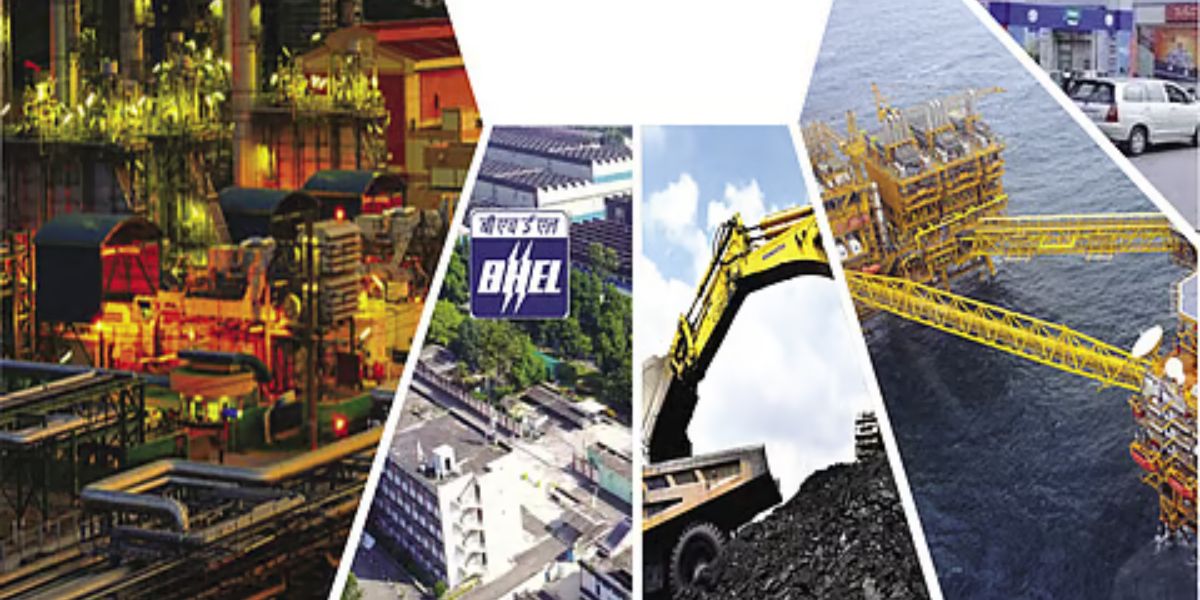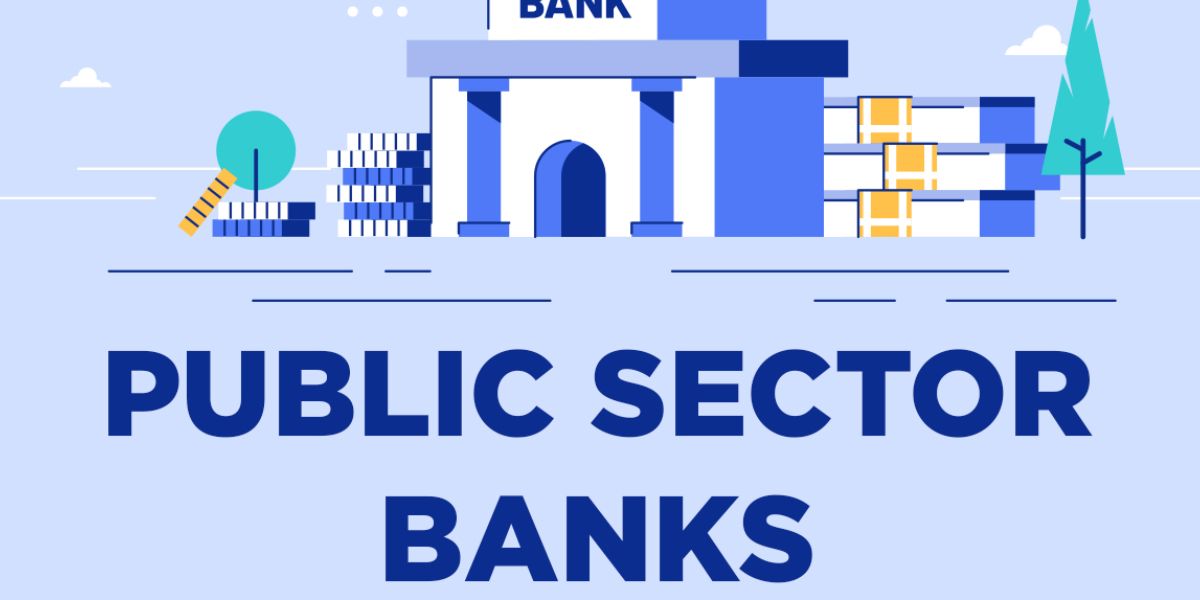The Government of India has been steadily advancing its agenda of Public Sector Undertaking (PSU) asset monetization as a way to unlock the value of underutilized public assets and boost infrastructure development. This initiative, central to India’s economic strategy, aims to transform idle or underperforming government assets into productive investments while maintaining ownership. PSU asset monetization is not just a financial move—it’s a strategic approach designed to strengthen India’s public finances, promote private participation, and drive long-term economic efficiency.
Understanding PSU Asset Monetization
Asset monetization involves leveraging existing public assets such as land, infrastructure, pipelines, railways, and power transmission lines to generate new sources of revenue. Instead of selling assets outright, the government retains ownership but allows private players to operate or develop them under long-term agreements. This approach ensures that the assets continue to contribute to public welfare while attracting private sector efficiency and investment.
Table of Contents
The National Monetization Pipeline (NMP), launched in 2021 by the NITI Aayog, serves as the roadmap for this strategy. It outlines how the government intends to monetize core brownfield infrastructure assets owned by Central and State PSUs across various sectors, including transport, energy, telecommunications, and mining.
Key Objectives of Asset Monetization
The main goals behind PSU asset monetization extend beyond short-term revenue generation. It is designed to create a self-sustaining model that boosts public asset productivity while supporting India’s infrastructure ambitions.
1. Unlocking Capital Value
The process allows PSUs and government entities to unlock the capital value of existing assets, which can then be reinvested into new projects. This helps in creating additional infrastructure without increasing fiscal burden.
2. Encouraging Private Sector Efficiency
Through Public-Private Partnerships (PPPs), private entities bring innovation, management expertise, and operational efficiency to underperforming public assets. This collaboration enhances asset utilization and service quality.
3. Reducing Fiscal Pressure
With rising public expenditure, monetization helps reduce the government’s fiscal deficit by generating non-tax revenue streams. The funds generated can be redirected toward essential public services and infrastructure development.
4. Promoting Infrastructure Growth
Asset monetization aligns with the government’s larger National Infrastructure Pipeline (NIP) initiative, which envisions massive infrastructure investment to propel India into a $5 trillion economy. Monetized funds directly support these infrastructure goals.
Strategic Framework of PSU Asset Monetization
India’s approach to PSU asset monetization follows a structured framework that ensures transparency, accountability, and optimal utilization of public assets.
Asset Identification and Classification
The first step involves identifying and classifying assets that are ideal for monetization. These include brownfield assets—projects that are already operational and generating revenue. The focus remains on sectors like highways, railways, power, oil & gas pipelines, and aviation.
Monetization Models
Multiple models have been developed to execute monetization effectively. Some of the key approaches include:
- Toll-Operate-Transfer (TOT) Model: Widely used for highways and road infrastructure, where private players collect tolls for a fixed period.
- Infrastructure Investment Trusts (InvITs): These are financial instruments that allow institutional investors to invest in infrastructure projects, enabling PSUs to raise capital.
- Lease and Operate Model: Common in sectors like airports and ports, where private companies lease existing infrastructure for modernization and operation.
- Joint Ventures and Strategic Sales: For select PSUs, joint ventures or strategic disinvestments are used to attract investment and expertise while maintaining partial government ownership.
Regulatory Oversight and Governance
A key aspect of the framework is ensuring proper governance. Agencies like the Department of Investment and Public Asset Management (DIPAM) oversee the monetization process, ensuring fair valuation, transparency, and protection of public interest. The government also employs independent asset valuers and financial advisors to maintain integrity in the process.
Challenges in Asset Monetization
While asset monetization presents major opportunities, it is not without challenges. One of the key issues is valuation—ensuring that public assets are priced fairly to balance public interest and investor returns. Additionally, regulatory delays, policy uncertainties, and political resistance can slow down implementation.
Moreover, attracting private investors requires building trust and offering clear, long-term returns. Projects with regulatory complexity or low initial profitability often face difficulty in finding bidders. Strengthening the legal and contractual frameworks is essential to make these projects more attractive to investors.
Success Stories and Ongoing Projects
Several successful examples highlight the potential of PSU asset monetization in India. The National Highways Authority of India (NHAI) has raised significant funds through its TOT model, while Power Grid Corporation of India successfully launched an InvIT to monetize transmission assets. Similarly, Airports Authority of India (AAI) has monetized airports through leasing arrangements with private operators, resulting in improved infrastructure and service quality.
In the oil and gas sector, GAIL and ONGC have explored pipeline monetization opportunities to raise funds for expansion and modernization projects.
The Road Ahead for PSU Monetization
The success of asset monetization depends on maintaining investor confidence, ensuring policy stability, and enhancing transparency in the bidding process. The government’s focus on creating a predictable regulatory environment will be crucial for sustaining interest from global and domestic investors.
Looking forward, sectors like railways, warehousing, and renewable energy offer significant potential for monetization. As India transitions toward sustainable growth, monetization frameworks will evolve to include green assets and climate-friendly infrastructure, aligning economic growth with environmental responsibility.
Conclusion: A Pathway to Economic Growth
The strategic framework for PSU asset monetization is more than a fiscal reform—it represents a shift in how India manages and maximizes public resources. By combining government ownership with private sector efficiency, the framework creates a win-win model that fuels infrastructure growth, reduces fiscal pressure, and drives innovation.
To stay updated with in-depth insights on PSU reforms, asset monetization trends, and public sector growth, visit IndiaPublicSector.com for expert coverage and analysis.









